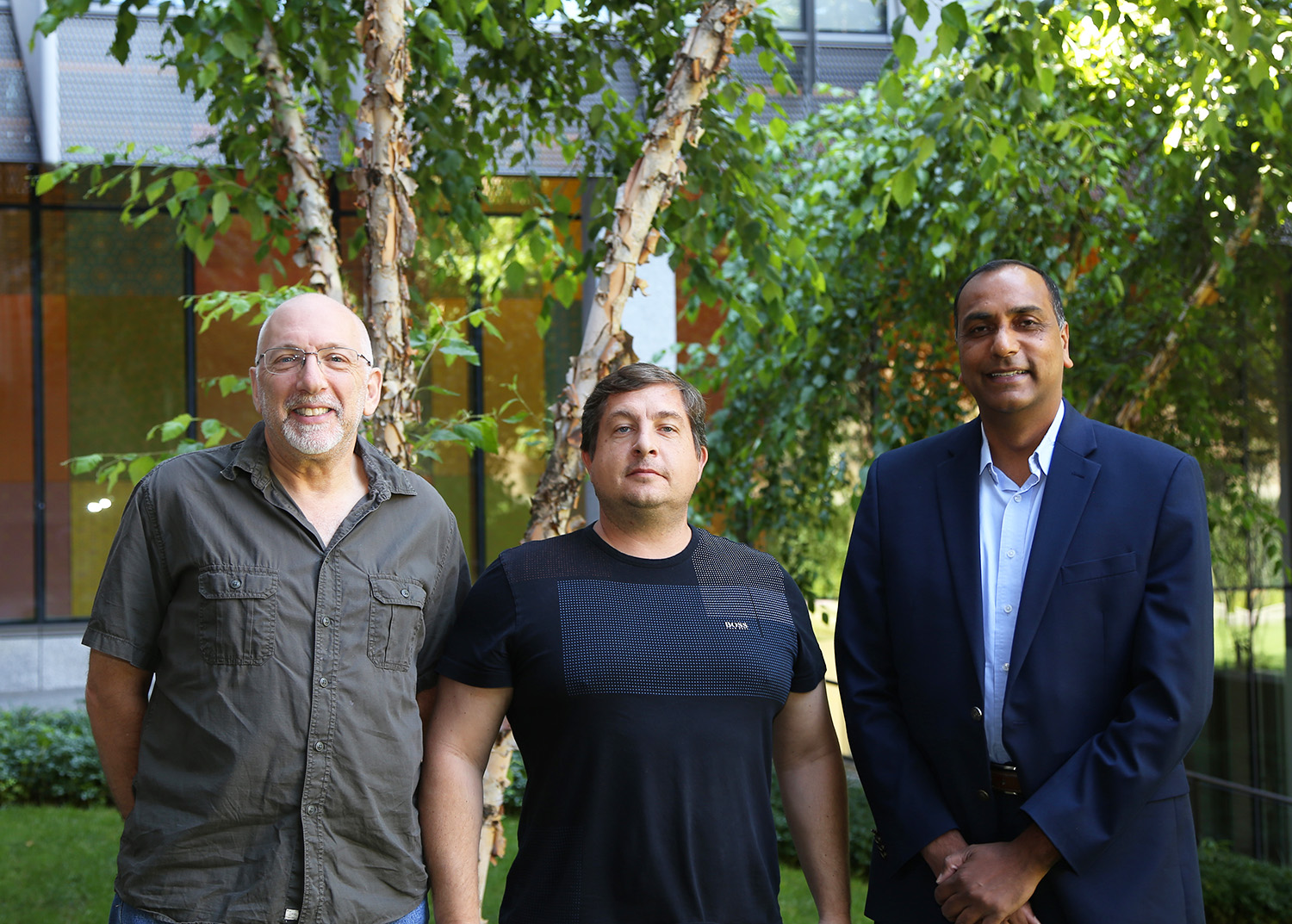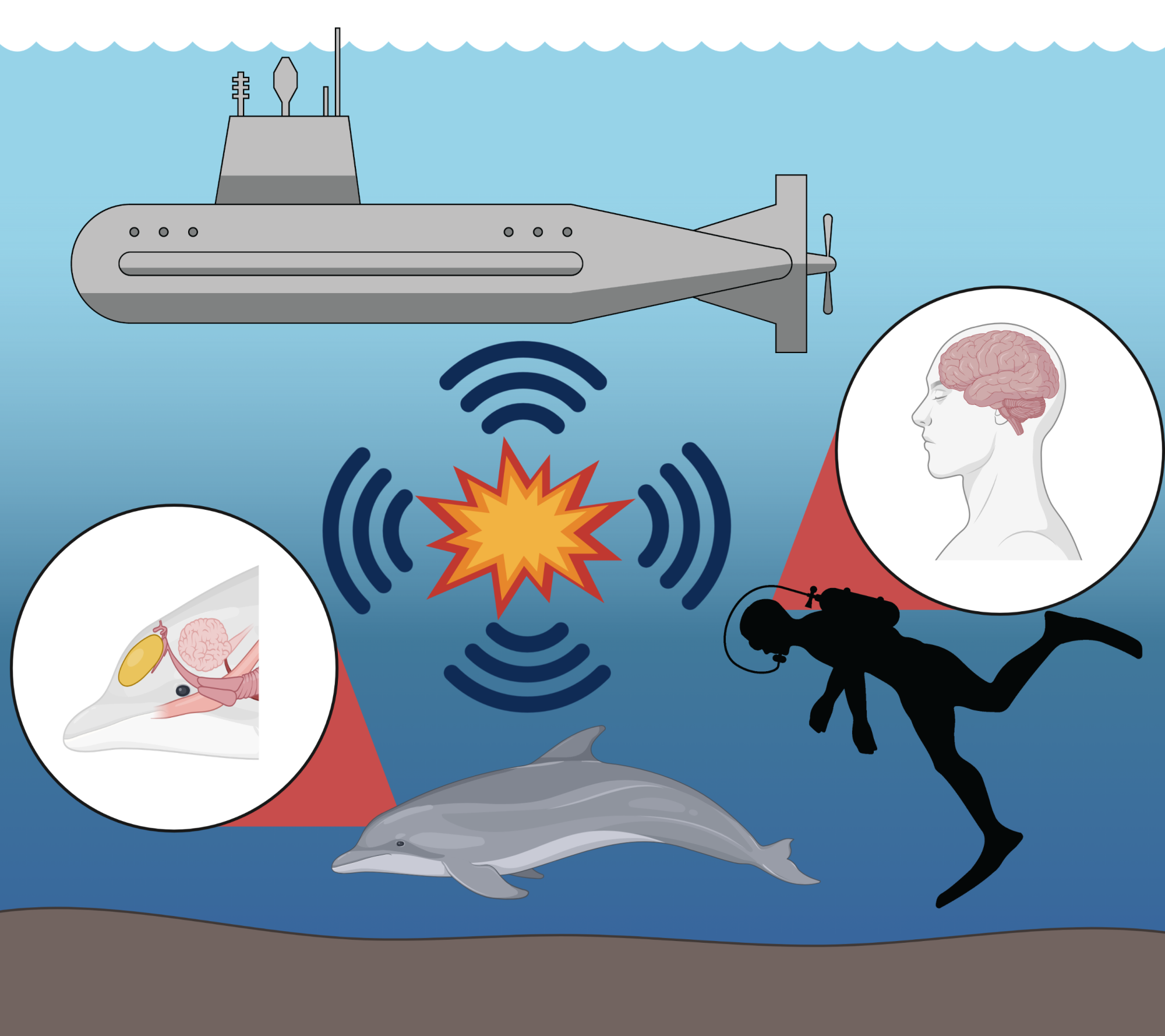Building on the School of Engineering’s distinction in the field of applied mechanics, and supported by a growing interest from government labs to establish more collaborative research and educational pathways with Brown Engineering, Brown University has established a research center for the Mechanics of Undersea Science and Engineering (MUSE). The newly formed center’s purpose is to carry out focused, foundational research targeting the technical challenges in undersea mechanics, which includes leading in the mechanics research on undersea vehicles and platforms; training, educating and empowering new and diverse generations of scientists and engineers to meet the technical challenges of the U.S. Navy and beyond; and integrating with the Naval research and development ecosystem in Rhode Island and beyond. E. Paul Sorensen Professor of Engineering Yuri Bazilevs will serve as the initial director of the center along with co-directors, Professors Pradeep Guduru and Kenny Breuer.

Undersea mechanics is a broad area of activity that involves the study of mechanical and dynamical behavior of man-made and natural objects and life forms in the undersea environments. An example is a group of marine animals swimming individually or in swarms and collectively executing tasks that require sophisticated coordination and control of motion. Understanding how such swarms attain propulsive efficiency levels and how they can communicate at long distances could contribute to better designs of unmanned undersea vehicles (UUVs) employed by the U.S. Navy or by coastal engineers to monitor littoral traffic.
“Technical challenges in undersea mechanics require a focused, collaborative effort of experimental, analytical, and computational researchers to competently address these issues,” said Tejal Desai, Sorensen Family Dean of Engineering. “These technical challenges line up very well with the strengths of the Brown University School of Engineering and the research interests of its faculty.”
MUSE Center activity in undersea mechanics applications creates two natural directions, one focusing on solid and structural mechanics and another on fluid and thermal sciences. Integrating the research in solid and fluid mechanics would make MUSE a unique entity in the landscape of mechanics research.
In addition to Bazilevs, Breuer, and Guduru, School of Engineering core faculty members include Nora Ayanian, Miguel Bessa, Dan Harris, David Henann, Haneesh Kesari, Vikas Srivastava and Monica Martinez Wilhelmus. There is also potential for faculty in Applied Math, Earth, Environmental and Planetary Sciences, the Institute at Brown for Environment and Society, Ecology and Evolutionary Biology, Computer Science, and more to collaborate.

In 2021, engineering faculty were awarded a combined $6.5 million of grant funding from the Office of Naval Research (ONR) to carry out research in the general area of undersea vehicles and platforms, in collaboration with the Naval Undersea Warfare Center (NUWC) in Newport, R.I. The funding was distributed in a trio of grants for a duration of three years to principal investigators Bazilevs, Breuer and Guduru. In 2022, an additional $4.5 million was awarded to Guduru and Breuer for the continuation of research efforts and to develop new research directions, and in 2023, Bazilevs and Guduru were awarded supplemental funding of more than $5.4 million to build on existing research developing the necessary science and technology to help undersea vehicles become lighter and more maneuverable, and resist failure under the extreme environments and loading scenarios where they are expected to operate.
Predictive modeling of structures to study the impact of undersea conditions on UUVs is an important part of these current awards, and additional research efforts include experimental investigations and computational modeling of objects that provide propulsion along the interface between air and water, and learning from nature to design better engineering structures.